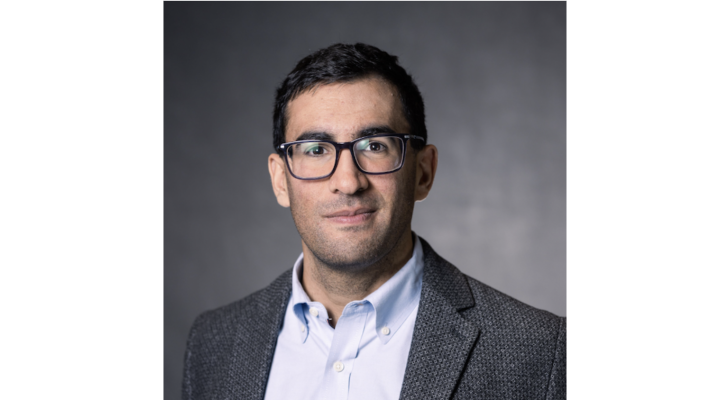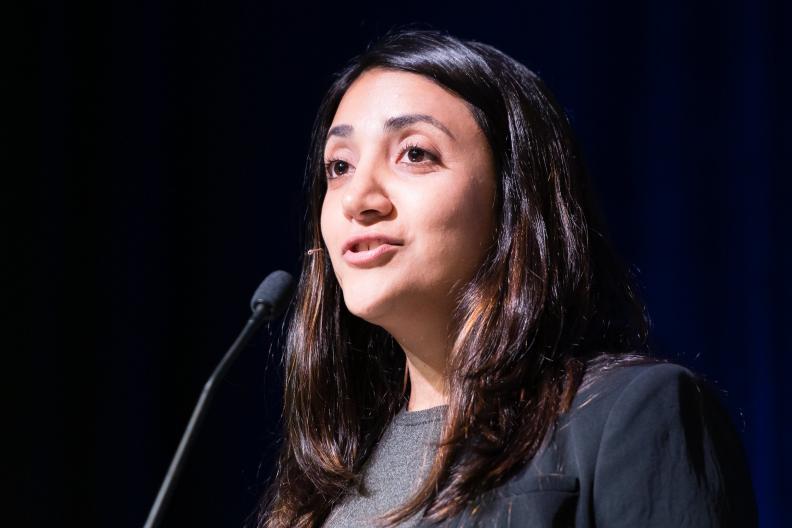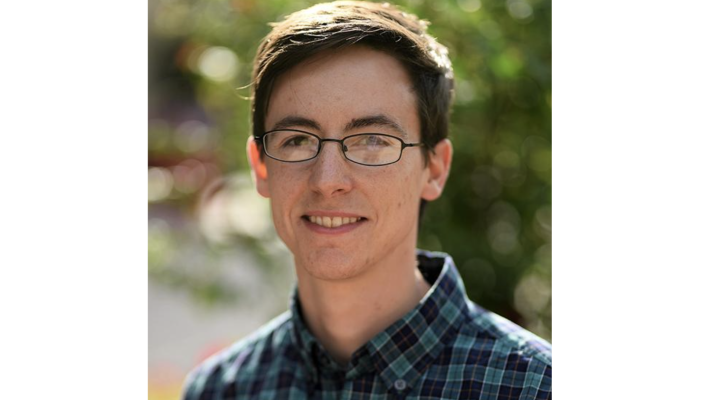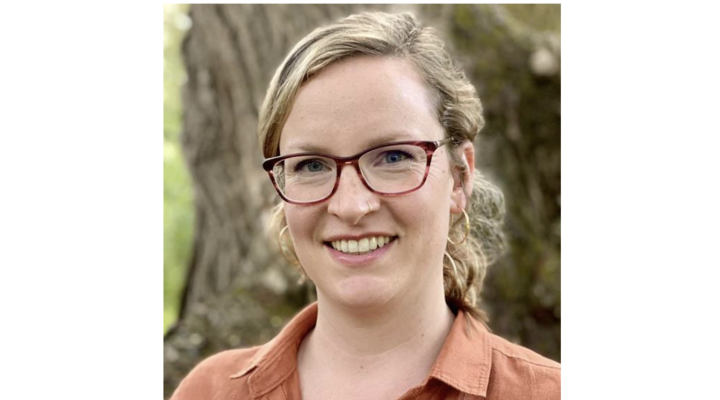Sadaf Sobhani has joined the faculty of Cornell’s Sibley School of Mechanical and Aerospace Engineering as an assistant professor. Sobhani’s research is focused generally on thermal management and energy conversion, with the goal of impacting innovations in high-efficiency, low-emission, robust energy systems. Before coming to Cornell, Sobhani was a postdoctoral researcher at the Lawrence Livermore National Laboratory and a visiting assistant professor in the Sibley School.
Sobhani was born in Iran and her family moved first to Austria when she was ten years old and then, a year later, to the San Francisco Bay area of California. Sobhani’s father was an engineer, but he was unable to complete his studies in Iran due to educational restrictions placed on certain religious groups. Sobhani recognizes that part of the impetus for her to earn engineering degrees is rooted in wanting to complete her father’s path.
“In high school,” says Sobhani, “math and science came naturally and I loved learning about the natural world. I also loved creating things—I was always in my room, drawing and painting. And reading! I never thought that I would ever know enough to be satisfied. I had this insatiable urge to know more.” Two events in high school helped Sobhani narrow down her options a bit. The first was an internship as a nursing assistant in a nursing home. “I had been thinking that I would go to med. school and save the world that way,” says Sobhani with a laugh. “But I did not like the experience at all.”
The second was a chance to do some biology-focused research. “That was formative for me,” says Sobhani. “It made me see that, through research, you can discover new information and take it out into the light.” Sobhani took this insatiable desire to learn more and moved to Stanford, where she earned a B.S., M.S., and Ph.D., all in mechanical engineering.
Sobhani carried out her doctoral work in the Center for Turbulence Research with her advisor, Professor Matthias Ihme. “My work focused on combustion,” says Sobhani. “I wanted to use lab work and computation to describe how flames behave when they are restrained in a porous structure. There is not a lot of research yet on this question, so in a way we are helping to push the field into some new territory.”
Sobhani will continue this work at Cornell, with a dedicated lab space recently built in Grumman Hall. “Cornell is the perfect place for me to do this sort of work,” says Sobhani. “I am very excited to have this experimental space. And the students that come to Cornell are so strong. There are also some incredible shared facilities here for additive manufacturing, characterization, and computation. I can really dig into these questions about how we can design thermal systems that have both a fluid and a solid structure.”
“In conventional fluid dynamics,” says Sobhani, “we think of boundary conditions as determining system possibilities. Embedding these solid structures changes everything.” Sobhani uses experimental and computational techniques to investigate flow, heat transfer, and chemical reactions in porous media. Using what she learns about the connections between micro-scale features and macro-scale transport properties, Sobhani researches ways to apply topology optimization techniques, additive manufacturing, and non-intrusive diagnostics to design, fabricate, and analyze tailored porous structures in combustion, electrochemistry, and other complex flow systems.
She will be teaching MAE 5430: Combustion Processes in the fall 2020 semester.





